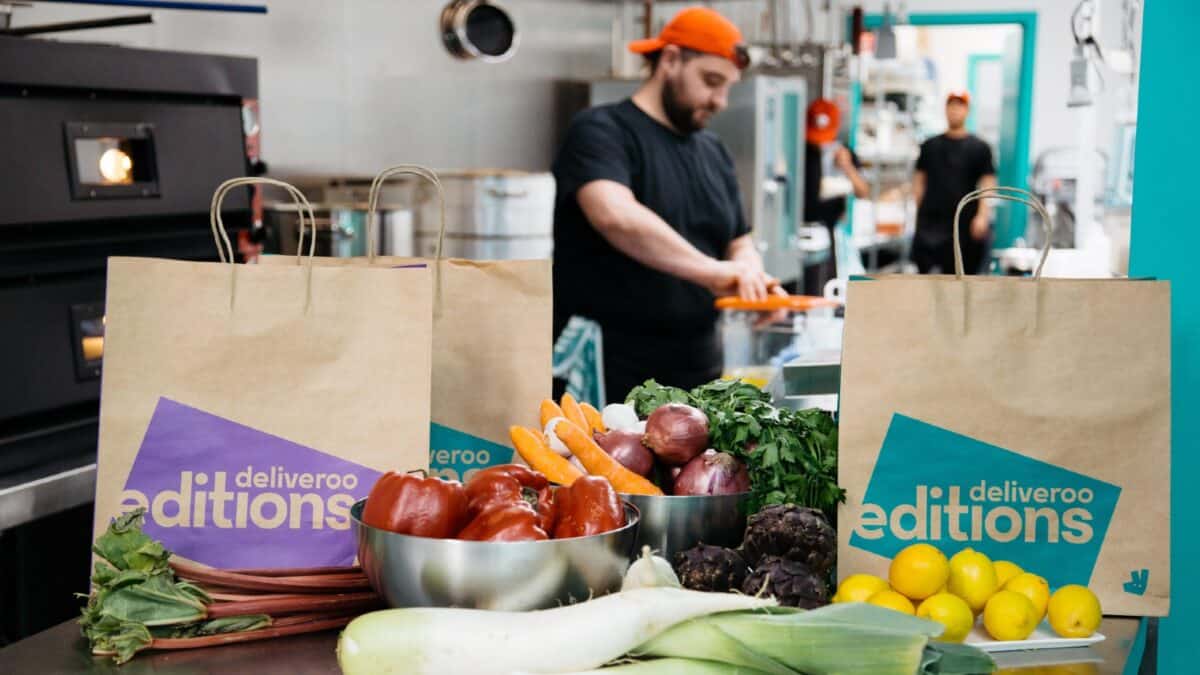Greggs (LSE:GRG) shares have vastly outperformed the FTSE 250 over the past five years. In fact, the stock’s up an impressive 51.4% over the period. I’d suggest that’s an impressive feat given the impact of Brexit on supply chains, the impact of the pandemic on sales, and the impact of the cost-of-living crisis on demand.
So if I’d invested £1,000 in Greggs shares five years ago, today I’d have around £1,514, plus dividends. Assuming I’d have received, on average, £20 a year, that means my investment would have been worth £1,614 today.
This is a strong return for a UK stock. But what would I do now? Cash in on my winnings, or invest some more of my hard-earned cash in Greggs?
Should you invest £1,000 in Halma Plc right now?
When investing expert Mark Rogers has a stock tip, it can pay to listen. After all, the flagship Motley Fool Share Advisor newsletter he has run for nearly a decade has provided thousands of paying members with top stock recommendations from the UK and US markets. And right now, Mark thinks there are 6 standout stocks that investors should consider buying. Want to see if Halma Plc made the list?
Share price targets
I often find share price targets a good place to start when trying to understand how much a stock should be worth. The consensus — the average price target of all the brokers and institutions — is a strong barometer.
In this case, Greggs has an average share price target of £32.14, representing a 15.55% premium from the current share price. That’s certainly a positive sign for us. In fact, the stock has eight ‘buy’ ratings, one ‘outperform’ rating and three ‘hold’ ratings.
Estimates can be wrong, but clearly there’s a strong degree of positivity about this sausage roll purveyor.
Cheap rolls, expensive stock
While the consensus is positive, I’m not convinced. Greggs is forecast to earn 135.6p per share in 2024 and 148.9p per share in 2025. In turn, this means the baker’s trading at 20.7 times forward earnings and 18.6 times projected earnings for 2026.
These metrics are more attractive than when I covered the stock last month, but I’m not convinced it represents good value for money. It’s the type of valuation we’d expect from a company in a sector with high barriers to entry like defence or aerospace, not fast food.
Likewise, I find it interesting the market lets tobacco firms trade at very low multiples — 5-7 times earnings — while Greggs, which sells processed food at low prices, trades at three times those multiples. Isn’t processed food also under threat from legislative changes too?
Two weeks ago, I had Greggs trading with a price-to-earnings-to-growth ratio of 2.2. Looking at it again now, it appears closer to 2. So if I were bullish on the stock, now would be a good time to stock up. But this PEG ratio suggests the stock’s overvalued.
The bottom line
Greggs has performed extremely well in recent years, managing margins in a tough market. In fact, it’s benefitted as customers sought cheaper meals during the cost-of-living crisis.
However, things are changing, and data suggests the British consumer’s spending more again. If trends in the grocery sector are replicated in food-to-go, we may see Britons moving away from Greggs in favour of more premium brands or dine-in options.
So if I’d invested in Greggs for the last five years, I’d be tempted sell and find myself a stronger investment opportunity.








